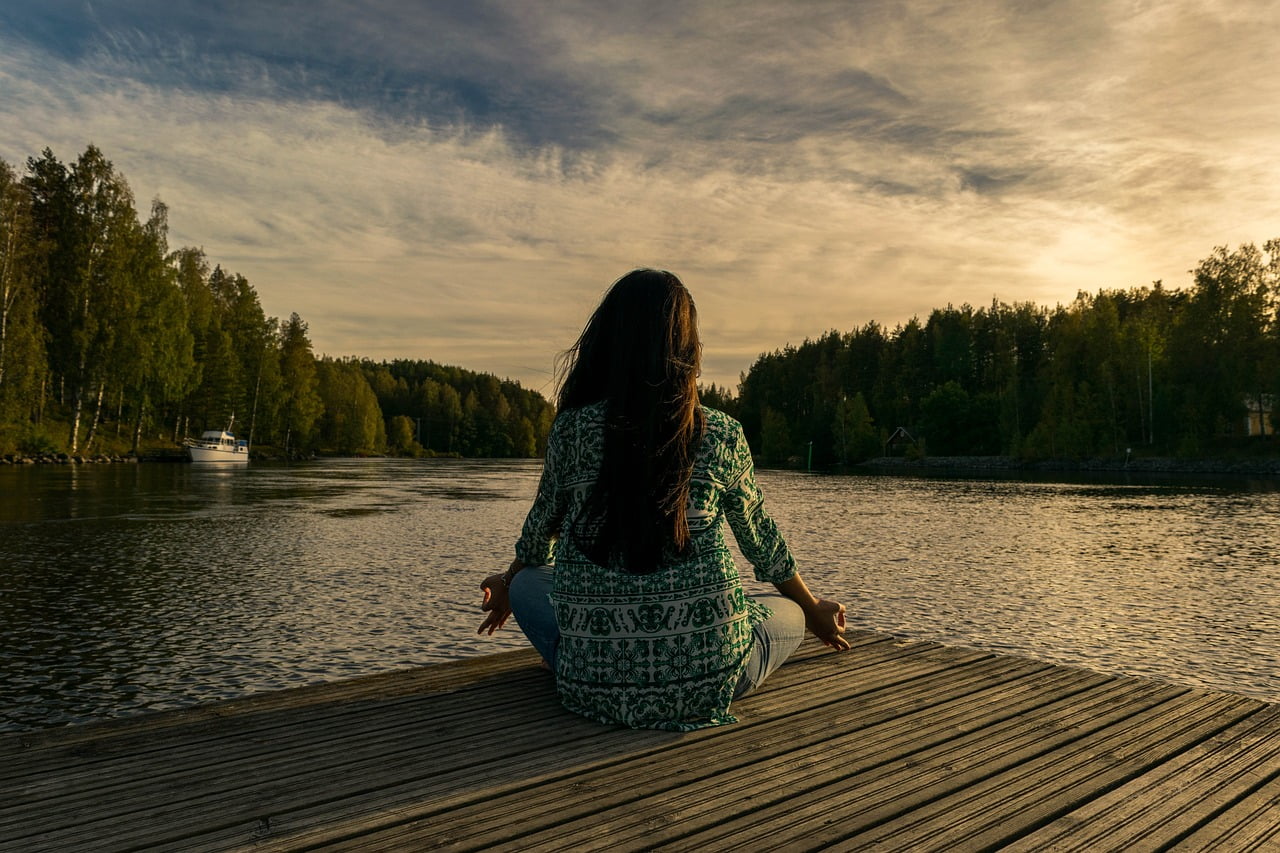The Art of Meditation: Simple and Effective Techniques for Everyone
Have you ever wondered what meditation is all about? Perhaps you’ve heard about various types of meditation like Vipassana, Transcendental Meditation, or Zen meditation, and you’re left feeling a little confused. Fear not, for I’m here to demystify the world of meditation and provide you with simple techniques that anyone can practice.
What is Meditation?
Meditation is a simple and powerful practice that can bring numerous benefits to your mental, emotional, and physical well-being. Here’s a straightforward way to approach meditation. At its core, meditation is a practice that involves training the mind to achieve a state of clarity, calmness, and focus. It’s a way to cultivate mindfulness, which is the art of being fully present in the moment, without judgment or attachment.
Think of the mind as a wild horse, constantly jumping from one thought to another. Meditation helps us tame this wild horse, allowing us to gain control over our thoughts and emotions. It’s like pressing the pause button on the chaos of our minds, giving us a much-needed break from the incessant mental chatter.
Why So Many Complicated Meditations?
Now, you may be wondering why there are so many different types of meditation. Well, just like there are different flavors of ice cream to suit different tastes, there are various meditation techniques to cater to different preferences and goals.
For example, Vipassana meditation, which originated in ancient India, focuses on observing the sensations in the body and developing insight into the nature of reality. Transcendental Meditation, on the other hand, involves the use of a mantra to transcend the conscious mind and access deeper states of awareness.
While these techniques can be incredibly powerful, they can also be quite complex for beginners. That’s why it’s important to start with simple meditation practices that anyone can do.
The complexity of meditation often arises from the diverse cultural, religious, and philosophical traditions that meditation draws upon. Different meditation practices have evolved over centuries within specific contexts, each serving distinct purposes and perspectives.
Here are a few reasons why there might be perceived complexity in meditation:
- Cultural and Religious Diversity: Meditation has roots in various cultures and religions, such as Buddhism, Hinduism, Taoism, and Christian contemplative traditions. Different traditions have developed their unique approaches to meditation, leading to a diverse array of practices.
- Varied Goals and Objectives: Meditation can serve different purposes, including stress reduction, spiritual growth, enhanced concentration, and self-discovery. As a result, there are numerous techniques tailored to specific goals.
- Individual Preferences: People have different preferences and resonate with various practices. What works well for one person may not suit another. The variety of meditation techniques allows individuals to find an approach that aligns with their inclinations and needs.
- Mind-Body Connection: Some meditation practices involve specific body postures, movements, or breath control techniques. These elements add layers to the practice, catering to the interconnectedness of the mind and body.
- Evolution of Practices: Over time, meditation practices have evolved and adapted to different cultural, social, and historical contexts. Some techniques have incorporated additional elements or rituals, contributing to their perceived complexity.
How to Meditate: A Simple Guide
Now, let’s dive into the practical side of meditation. Here’s a step-by-step guide to get you started:
- Find a quiet space: Choose a peaceful environment where you won’t be easily disturbed. It could be a cozy corner in your home, a park, or even a quiet cafe.
- Get comfortable: Sit in a position that allows you to be relaxed yet alert. You can sit on a cushion, a chair, or even lie down if that’s more comfortable for you.
- Focus on your breath: Close your eyes and take a few deep breaths to relax your body. Then, shift your attention to the sensation of your breath as it enters and leaves your body. Notice the rise and fall of your abdomen or the coolness of the air as it enters your nostrils.
- Be present: As thoughts arise, gently acknowledge them without judgment and let them go. Bring your focus back to the breath whenever you find your mind wandering.
- Start small: Begin with just a few minutes of meditation each day and gradually increase the duration as you become more comfortable. Consistency is key, so aim for regular practice.
- Use Guided Meditations: If you find it challenging to meditate on your own, you can use guided meditations. Many apps and online platforms offer guided sessions that can help you stay focused.
Remember, meditation is a personal journey, and there is no right or wrong way to do it. The most important thing is to find a technique that resonates with you and brings you peace and clarity.
In Conclusion
Meditation is a powerful tool that can help you navigate the ups and downs of life with greater ease. It’s a practice that anyone can benefit from, regardless of age, gender, or background. So, why not give it a try? Start with a simple meditation technique, and who knows, you might just discover a newfound sense of calm and inner peace.
Thank you for reading this post, don't forget to subscribe!











